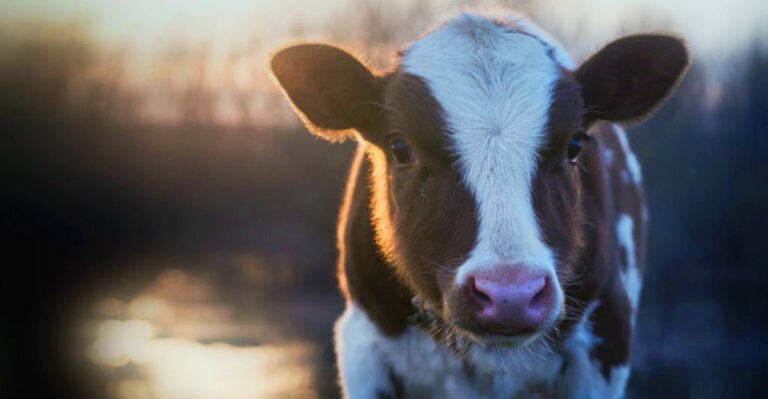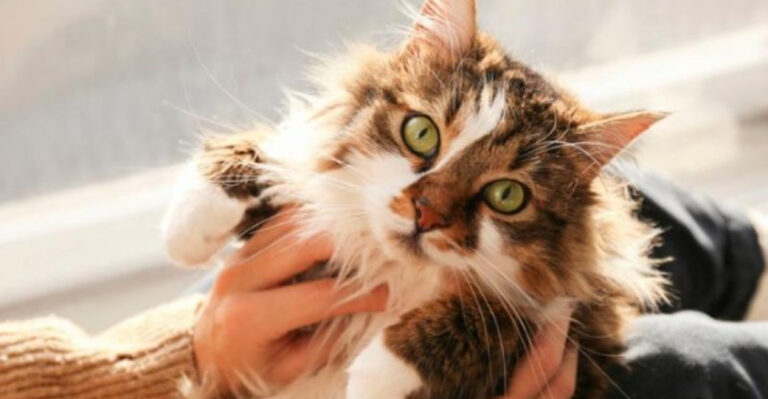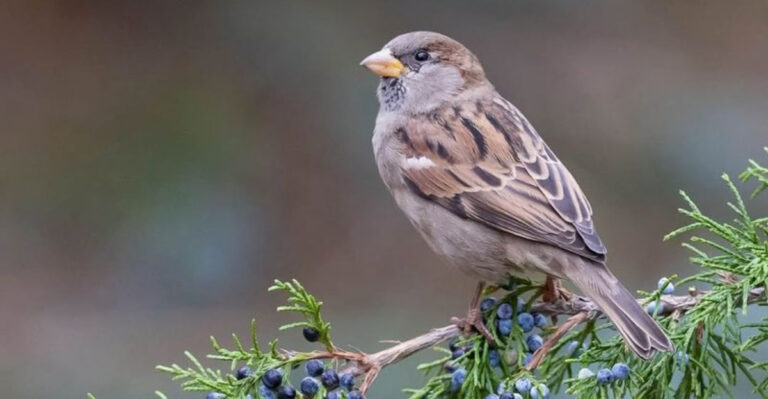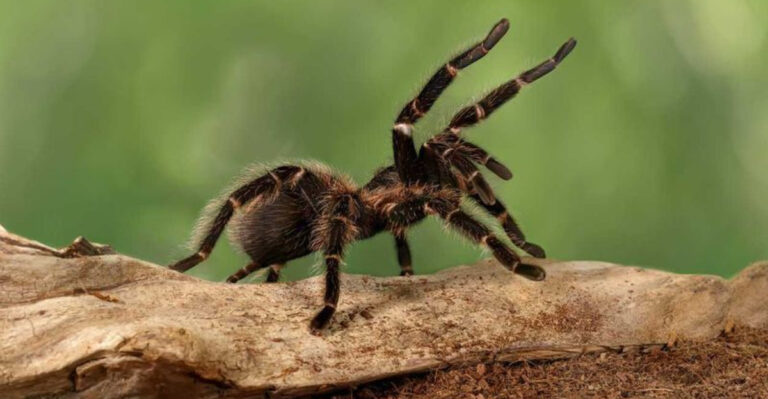21 Fascinating Animals That Call The Midwest Home
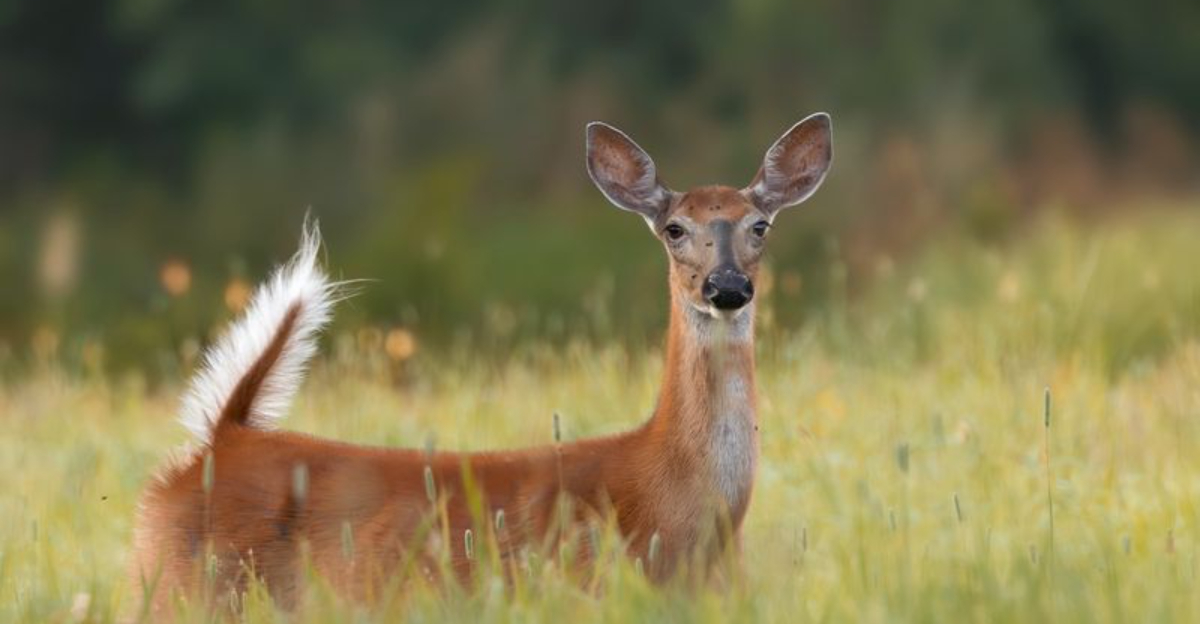
The American Midwest is a treasure trove of diverse wildlife, home to an array of fascinating animals that thrive in its varied landscapes. From the dense forests and rolling hills to the expansive prairies and freshwater lakes, each ecosystem supports unique species.
1. Northern Cardinal
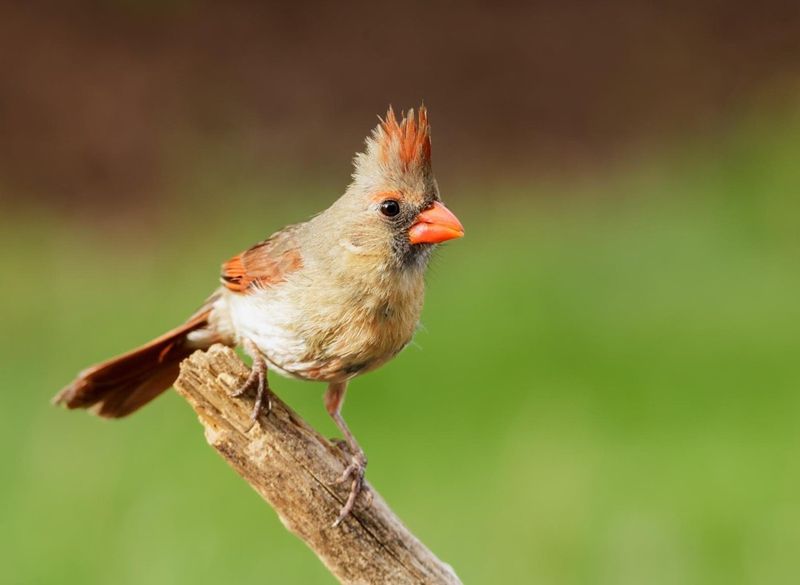
The Northern Cardinal, with its vivid red feathers and cheerful song, is a beloved bird found throughout the Midwest. Known for their striking appearance and melodious calls, these birds are often spotted flitting about in gardens, forests, and suburban areas.
Cardinals are not only beautiful to look at but also play a significant role in seed dispersal, helping plants thrive in the region’s ecosystems. They are also symbols of joy and vitality, bringing a splash of color to any landscape.
2. Bald Eagle
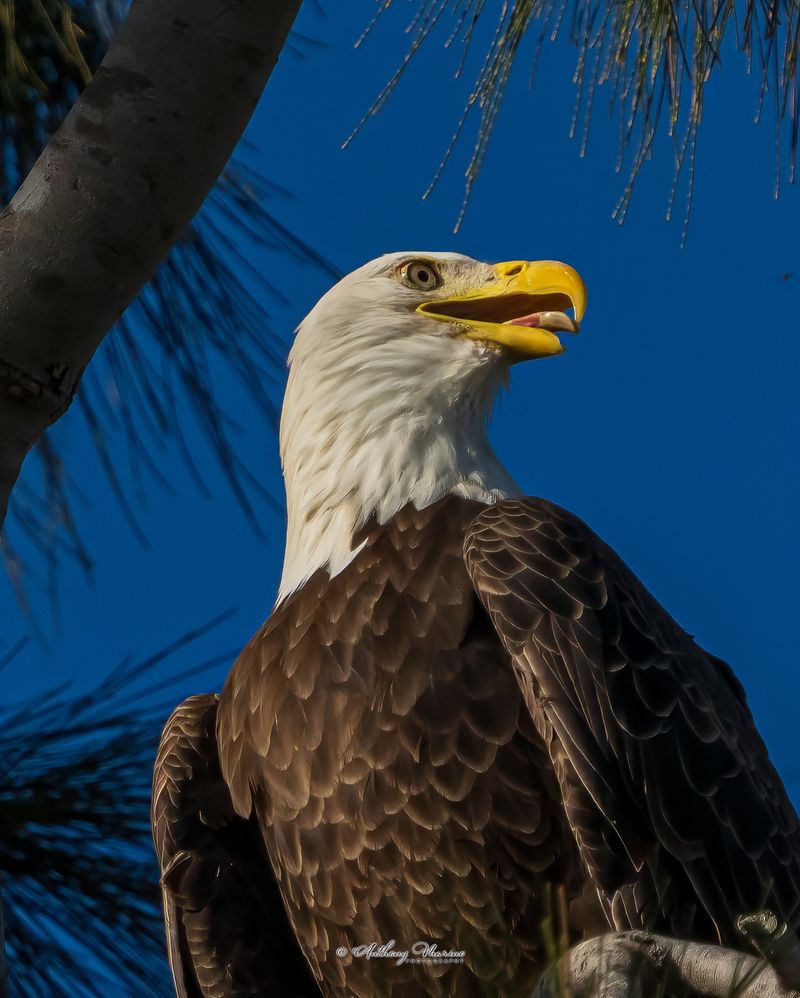
The Bald Eagle, America’s national symbol, is a majestic bird that calls the Midwest home, especially around large bodies of water like lakes and rivers. Known for its striking white head and tail feathers, this bird of prey is admired for its impressive wingspan and keen eyesight.
Bald Eagles are often spotted soaring high in the sky or perched on trees near water, where they hunt for fish, making them a powerful symbol of strength and freedom.
3. Eastern Grey Squirrel
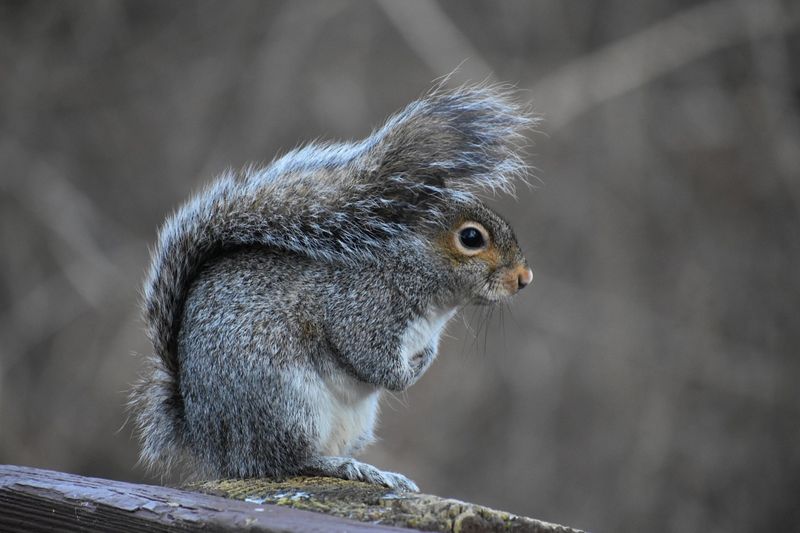
The Eastern Grey Squirrel is a familiar sight in Midwest parks and backyards, known for its quick movements and bushy tail. These squirrels are highly resourceful, foraging for acorns and other food to store in their nests during the colder months.
As natural seed dispersers, Eastern Grey Squirrels play a vital role in maintaining the health of trees and forests. Their lively antics and adaptability make them one of the most endearing animals in the region.
4. American Bison
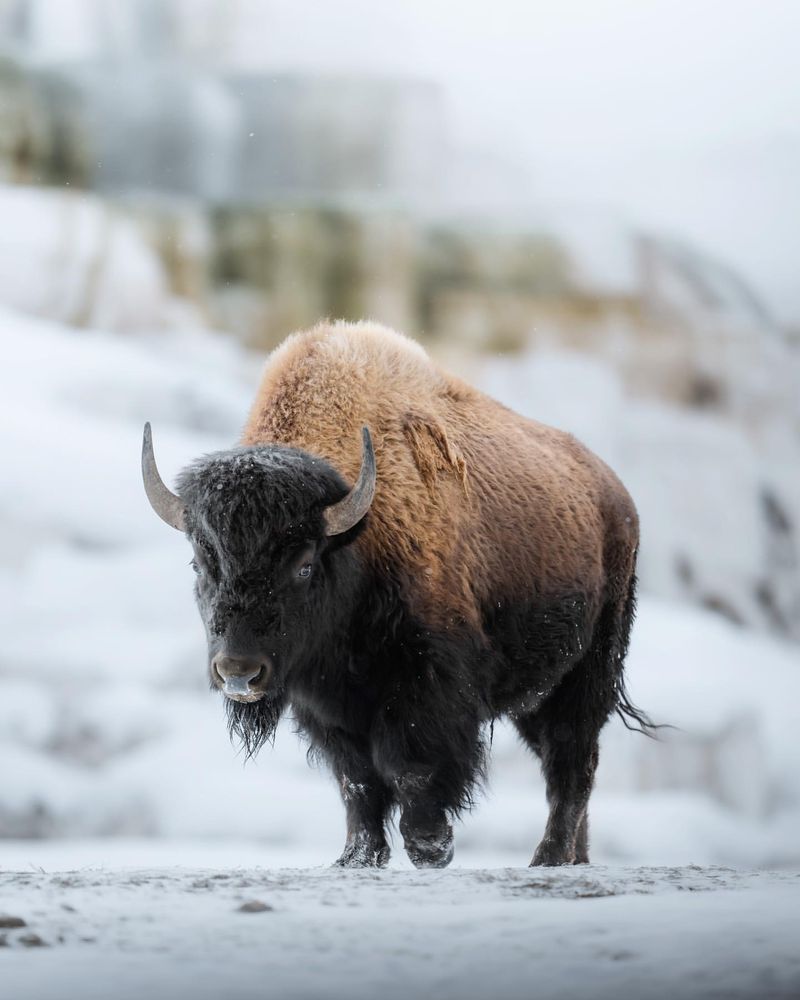
Once roaming in massive herds across the Midwest, the American Bison is a symbol of the Great Plains. After nearly being driven to extinction in the 19th century, bison populations have made a strong recovery.
These massive creatures play a vital role in shaping the landscape by grazing on grasses, which helps maintain the health of prairie ecosystems. Seeing a bison in the wild is like witnessing a living piece of history, embodying the wild spirit of America.
5. Eastern Box Turtle
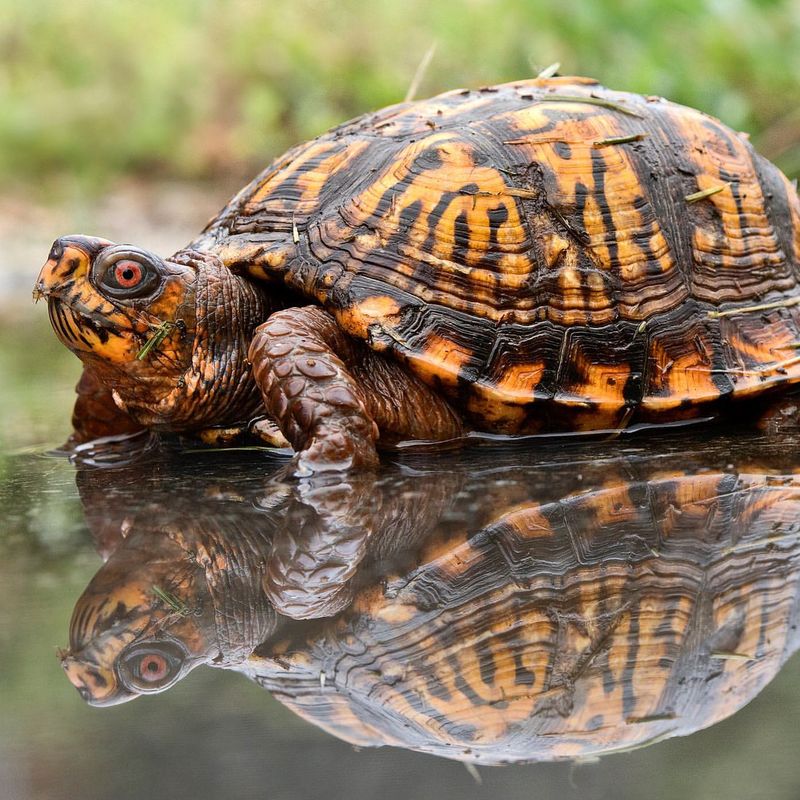
The Eastern Box Turtle is a small, slow-moving reptile known for its ability to close its shell tightly, offering protection from predators. Commonly found in the woodlands and wetlands of the Midwest, these turtles have colorful markings and a long lifespan.
Despite their vulnerability to habitat destruction and road traffic, their adaptability to different environments makes them resilient survivors in the region’s diverse habitats.
6. Grey Wolf
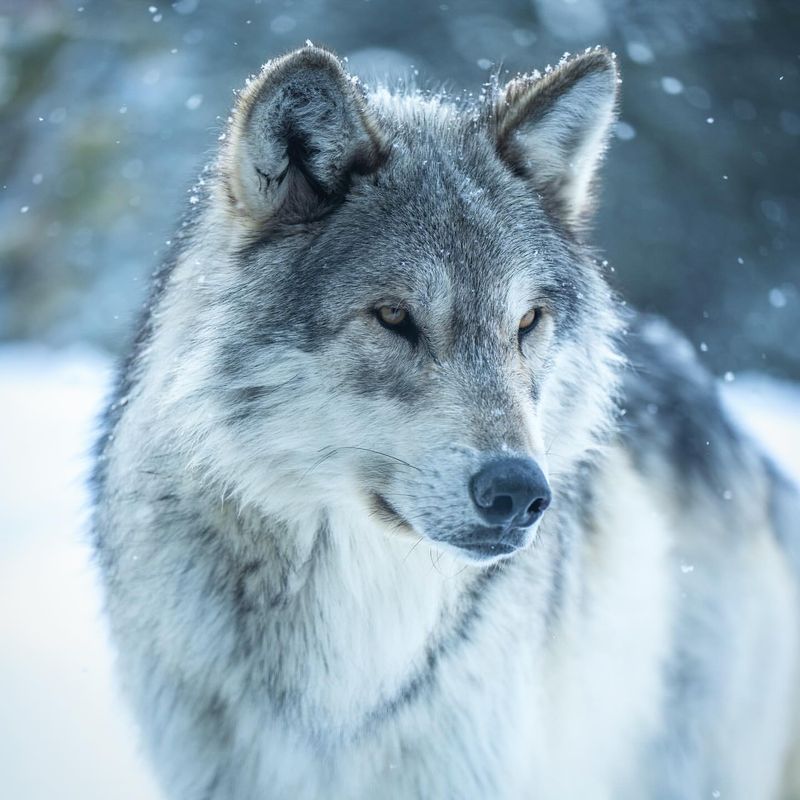
Once eradicated from the Midwest, the Grey Wolf is slowly returning to the region, especially in protected areas like Wisconsin and Michigan.
Famous for their pack mentality and hunting prowess, wolves are apex predators that help regulate populations of other animals, keeping ecosystems in balance. Their haunting howls echo across forests, and their return marks a significant achievement in wildlife conservation.
7. Sandhill Crane
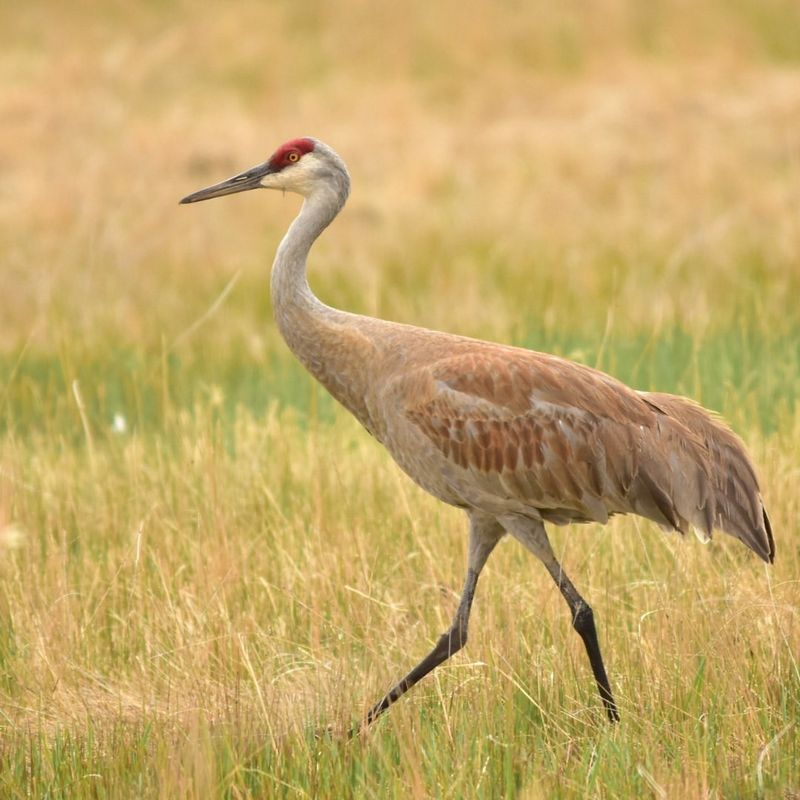
The Sandhill Crane is one of the tallest birds in North America and can be found in the Midwest during their migration. Known for their long legs, elegant necks, and distinctive call, Sandhill Cranes travel in large flocks and stop in wetlands and marshes along the way.
Their migratory patterns are an incredible sight, and their ability to adapt to different environments makes them one of the most fascinating bird species in the region.
8. American Black Bear
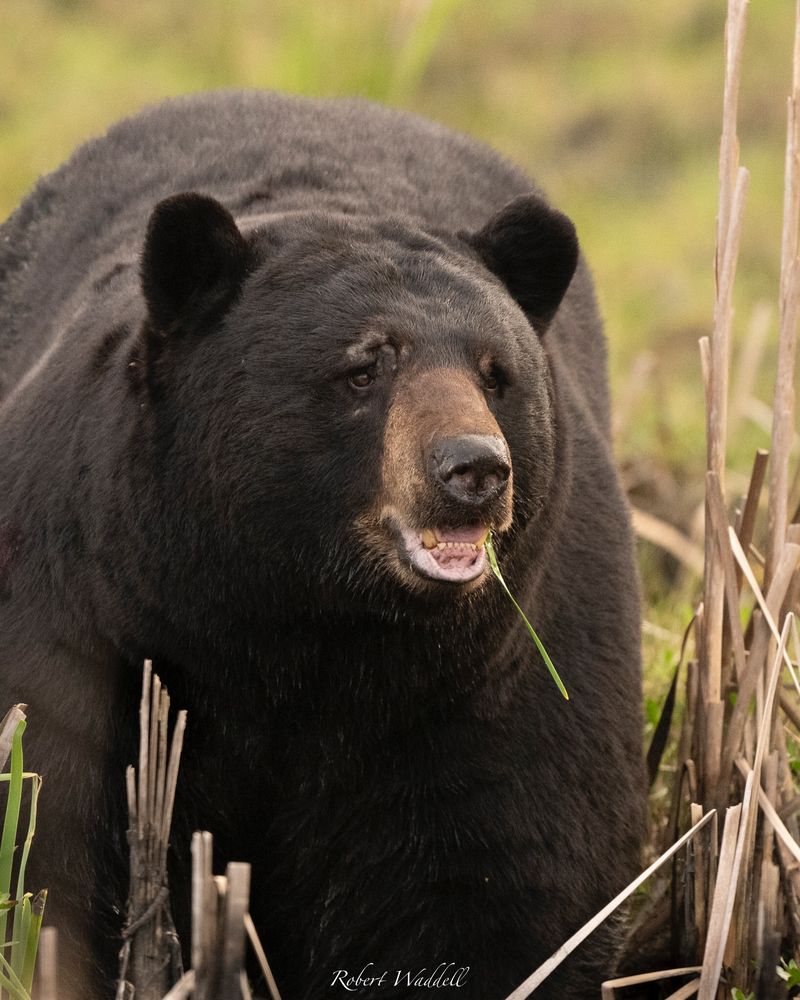
These bears are often spotted roaming the forests and swamps of the Midwest, known for their adaptability and impressive size. Although they prefer wooded areas and hilly terrain, American black bears are incredibly versatile, often venturing into suburban areas when food is scarce.
They are opportunistic feeders, foraging for berries, nuts, and small mammals. Despite their somewhat intimidating size, they are generally shy and avoid human interaction.
9. Monarch Butterfly
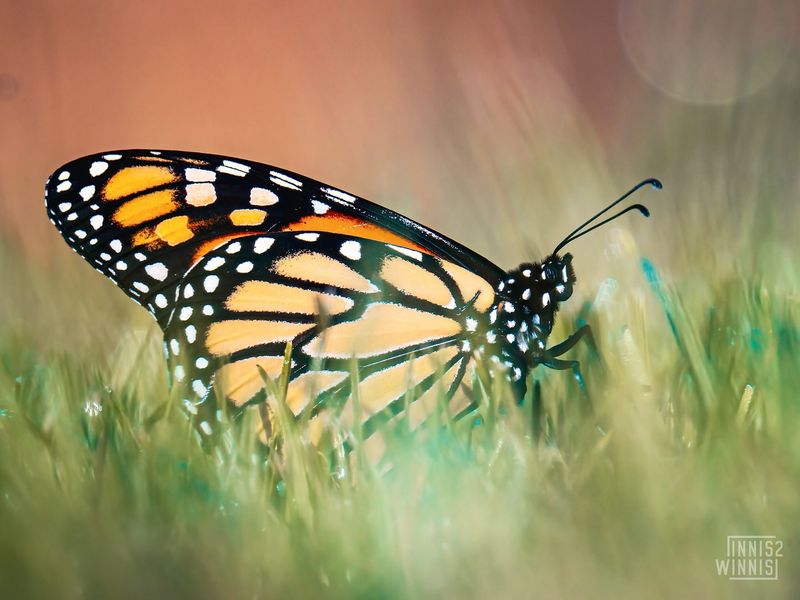
The iconic Monarch Butterfly is renowned for its breathtaking migratory journey. These butterflies travel thousands of miles from the Midwest to warmer climates during winter, only to return in the spring.
Their vibrant orange and black wings serve as a reminder of the stunning beauty found in nature, while their migration signifies resilience and the importance of conservation for migratory species.
10. White-tailed Deer
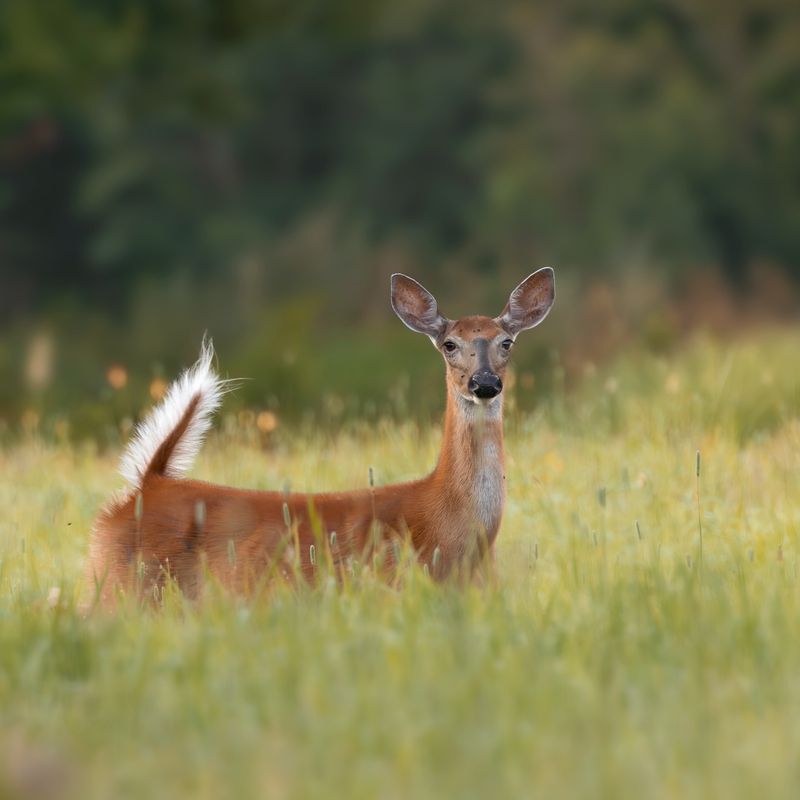
Commonly seen grazing in fields or dashing across roads, the White-tailed Deer is a familiar sight throughout the Midwest. Their white tails flash as they bound away from potential threats, making them easily identifiable.
These graceful creatures thrive in forests and grasslands, playing an important role in the region’s ecosystem by helping to control vegetation and serving as prey for larger predators.
11. Eastern Chipmunk
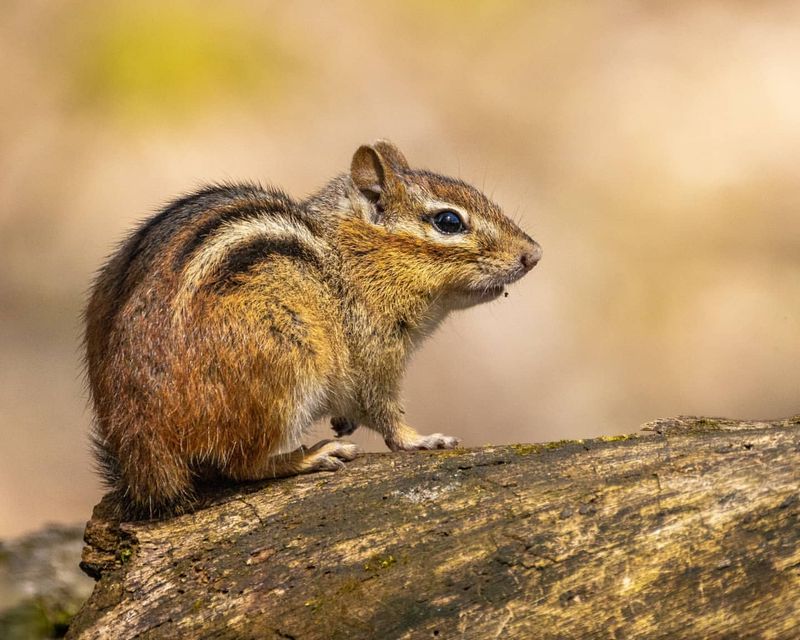
A small but energetic creature, the Eastern Chipmunk scurries through the underbrush, collecting food for the colder months. Their characteristic cheek pouches are used to store seeds, nuts, and berries, making them a busy and efficient little forager.
These chipmunks play a crucial role in dispersing seeds, which helps support plant growth and maintain the health of the forest floor.
12. Great Blue Heron
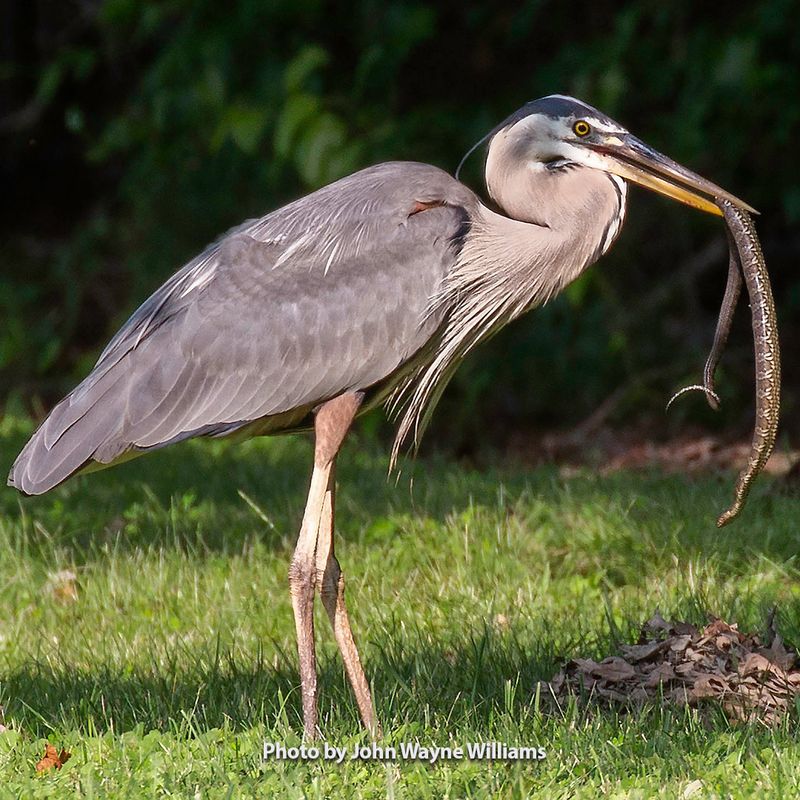
With their tall, slender necks and striking blue-gray plumage, the Great Blue Heron is an impressive sight along rivers, lakes, and wetlands in the Midwest. Known for their patience, these wading birds stand still for long periods before swiftly spearing fish with their sharp bills.
Their graceful hunting technique and ability to blend into their surroundings make them both efficient predators and beautiful additions to wetland ecosystems.
13. Bobcat
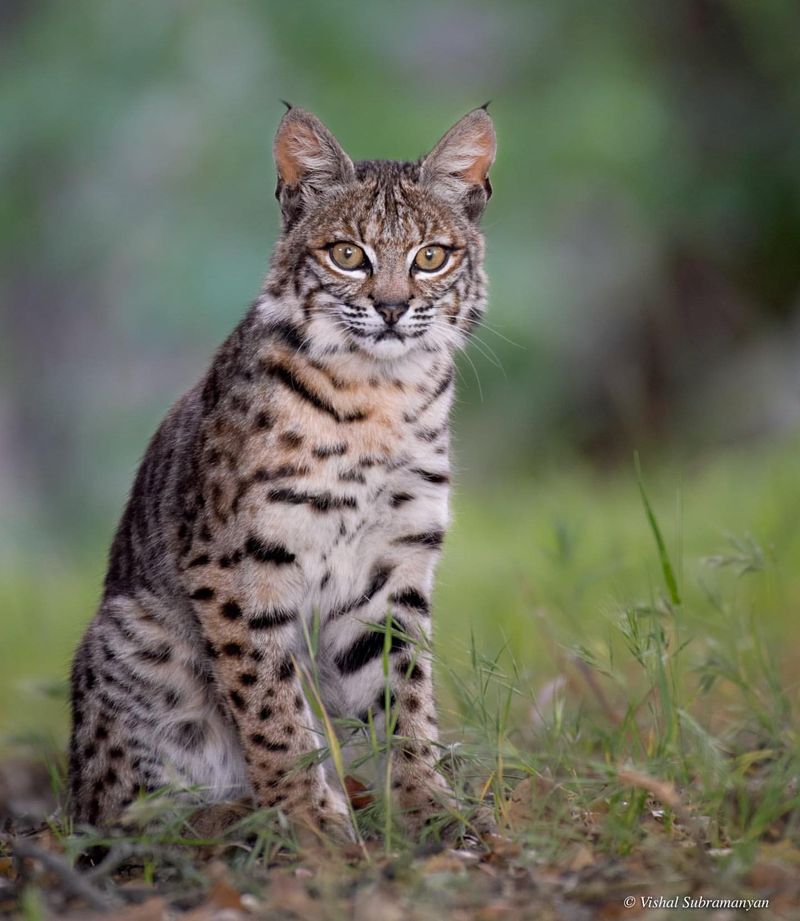
In the forests and fields of the Midwest, the Bobcat is a solitary predator, known for its tufted ears and short tail. Agile and stealthy, it preys on small mammals, birds, and even insects.
Bobcats are highly adaptable, thriving in various habitats, from dense woods to open plains. Despite being elusive, they maintain a crucial role in managing small prey populations, keeping the balance of the ecosystem intact.
14. Common Loon
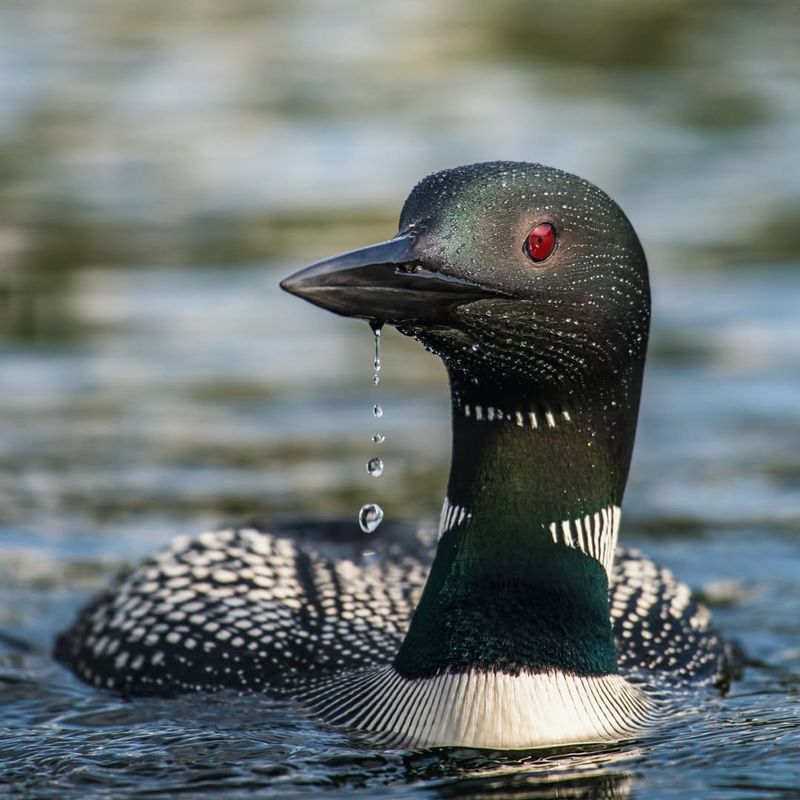
On serene lakes across the Midwest, the eerie call of the Common Loon can be heard as these large water birds glide across the water’s surface.
Known for their diving ability, loons hunt for fish beneath the water while remaining almost completely submerged. Their stunning black-and-white plumage and unique vocalizations make them a symbol of wilderness and tranquility in the region.
15. Prairie Dog
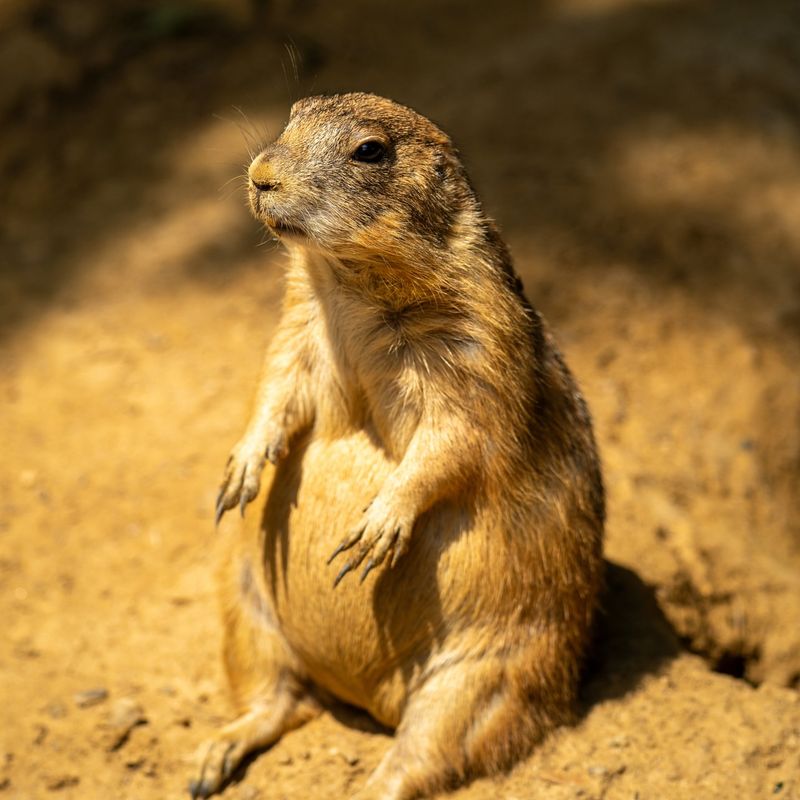
These small but social mammals are known for their intricate burrow systems that crisscross the prairie landscapes. Prairie Dogs are highly communicative, using a variety of vocalizations to warn others of predators.
Their burrows not only provide shelter for the prairie dogs themselves but also serve as homes for many other species, making them a keystone species in the Midwest’s grassland ecosystem.
16. Red Fox
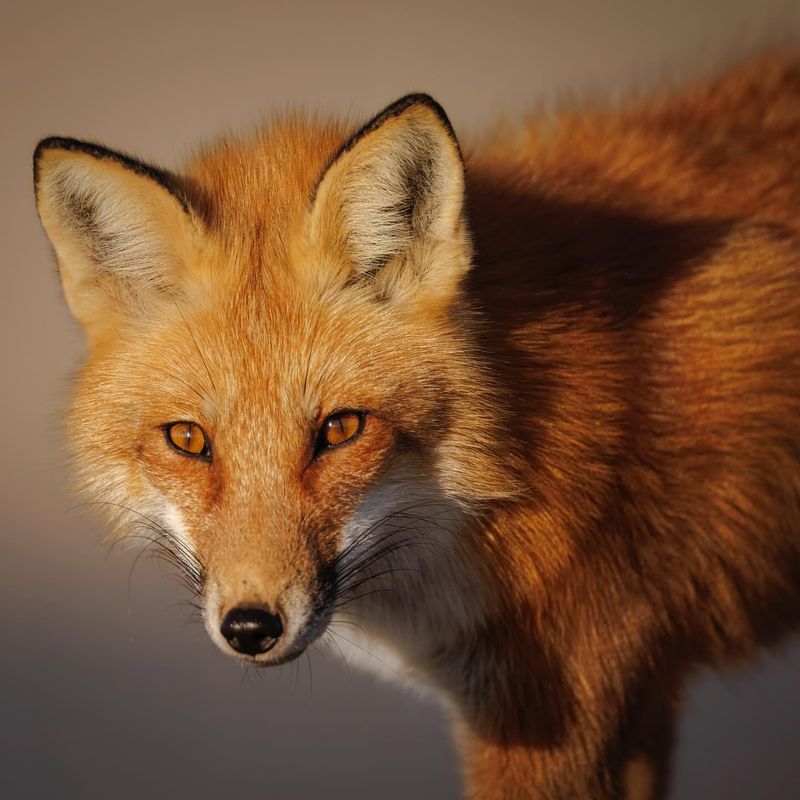
The Red Fox is a cunning and agile predator found across the Midwest. With their distinctive red fur, bushy tail, and sharp features, they are an efficient hunter, preying on small mammals, birds, and insects. Red foxes are highly adaptable, thriving in a variety of environments from forests to urban areas.
Their clever nature and ability to survive in diverse habitats make them a symbol of intelligence and resourcefulness.
17. Painted Turtle
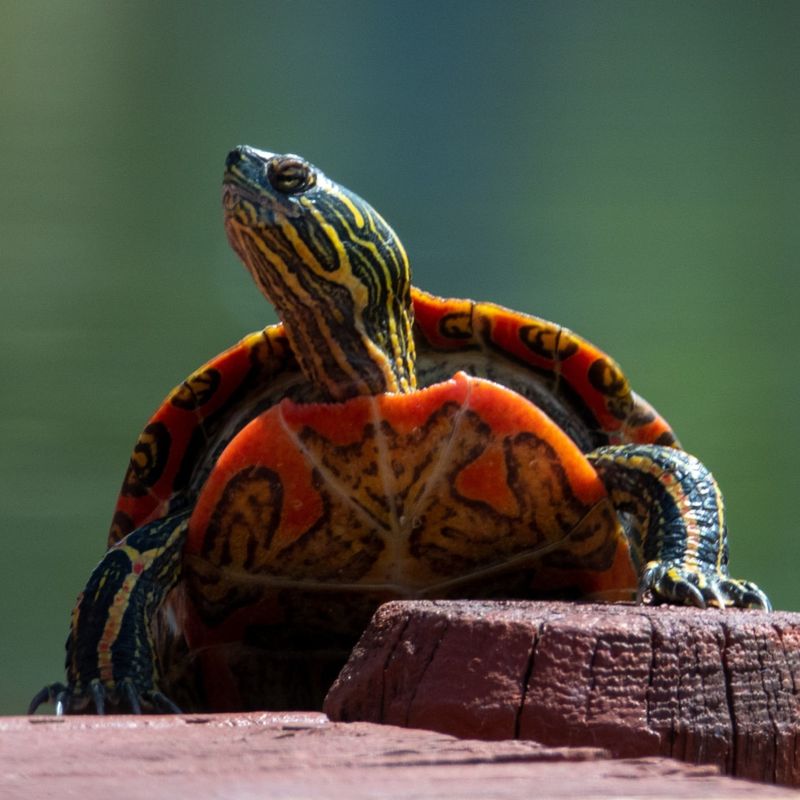
In the warm waters of ponds and marshes, the Painted Turtle basks in the sun, using its brightly colored markings to blend into its environment. These turtles are commonly found in the Midwest, where they feed on aquatic plants, insects, and small fish.
Their calm nature and the importance of their role in the food web highlight their significance in freshwater ecosystems.
18. Northern Leopard Frog
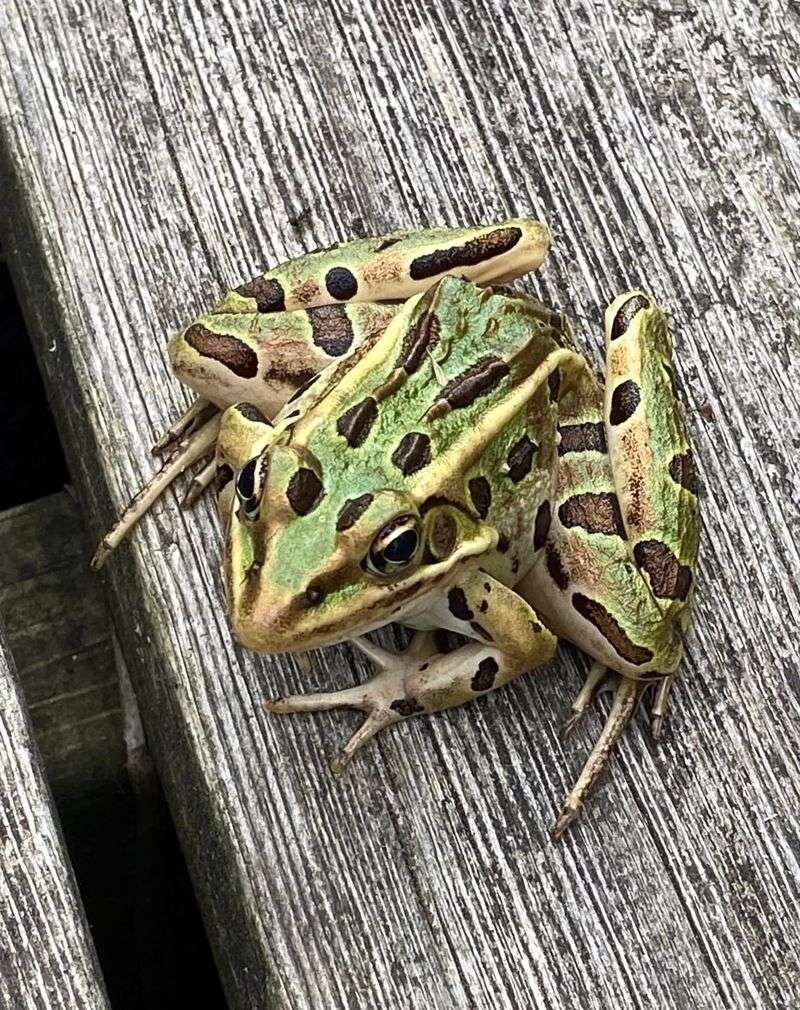
This brightly spotted amphibian, the Northern Leopard Frog, is commonly found in wetlands across the Midwest.
Famous for its distinctive spots and vibrant green coloration, it thrives in marshy environments, where it hunts for insects and small invertebrates. Northern Leopard Frogs are an essential part of the ecosystem, serving as both predators and prey for larger animals.
19. American Badger
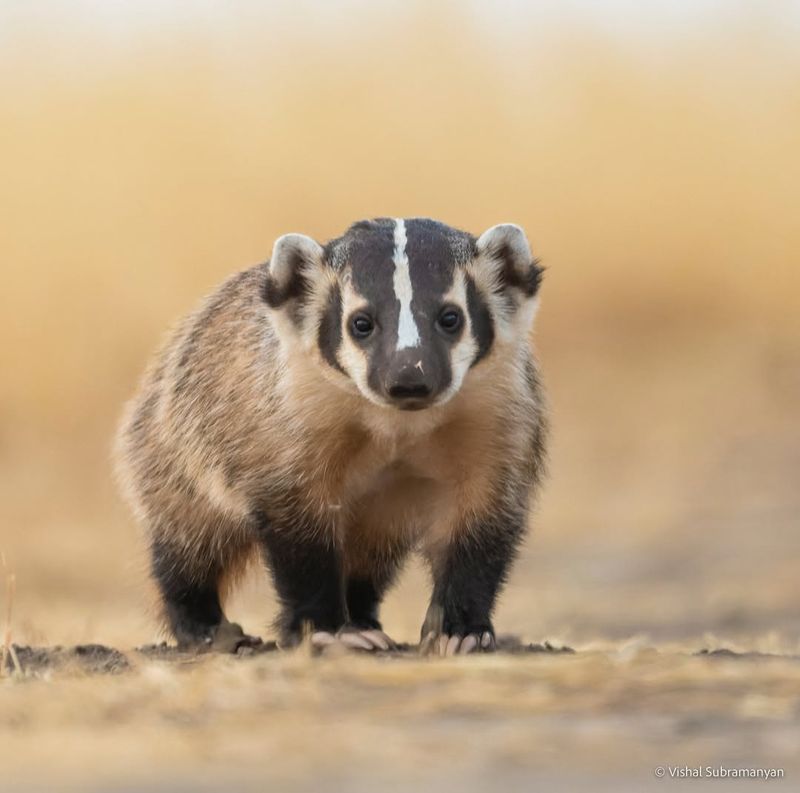
A tenacious and solitary creature, the American Badger digs deep burrows in the Midwest’s prairies and grasslands. Known for their powerful claws, badgers are excellent diggers and can create extensive underground homes.
They prey on small mammals and insects, and their burrowing habits help aerate the soil, benefiting the health of the surrounding ecosystem.
20. Coyote
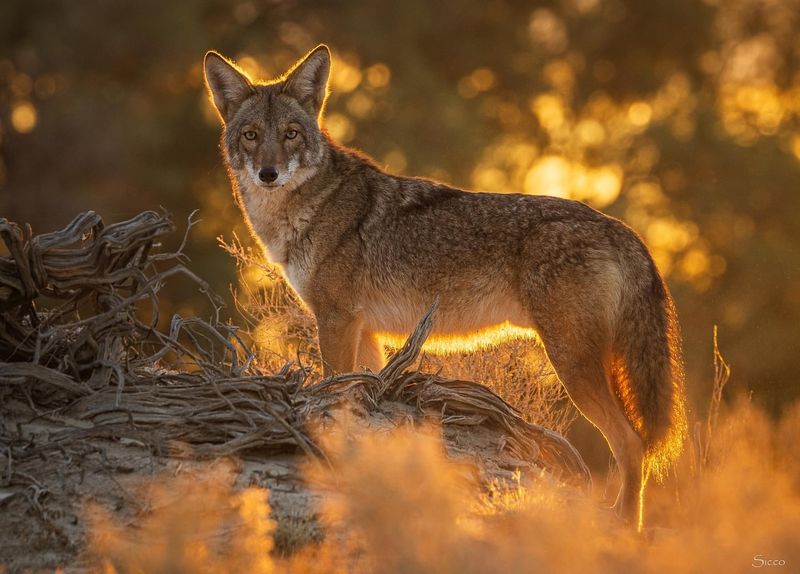
The Coyote has adapted to a wide range of environments across the Midwest, from forests to urban areas. As a highly opportunistic predator, it hunts small mammals, birds, and even scavenges from larger animals.
Known for their distinctive howls and clever hunting strategies, coyotes are often seen as symbols of adaptability and resilience, thriving in environments that other predators might shy away from.
21. Osprey
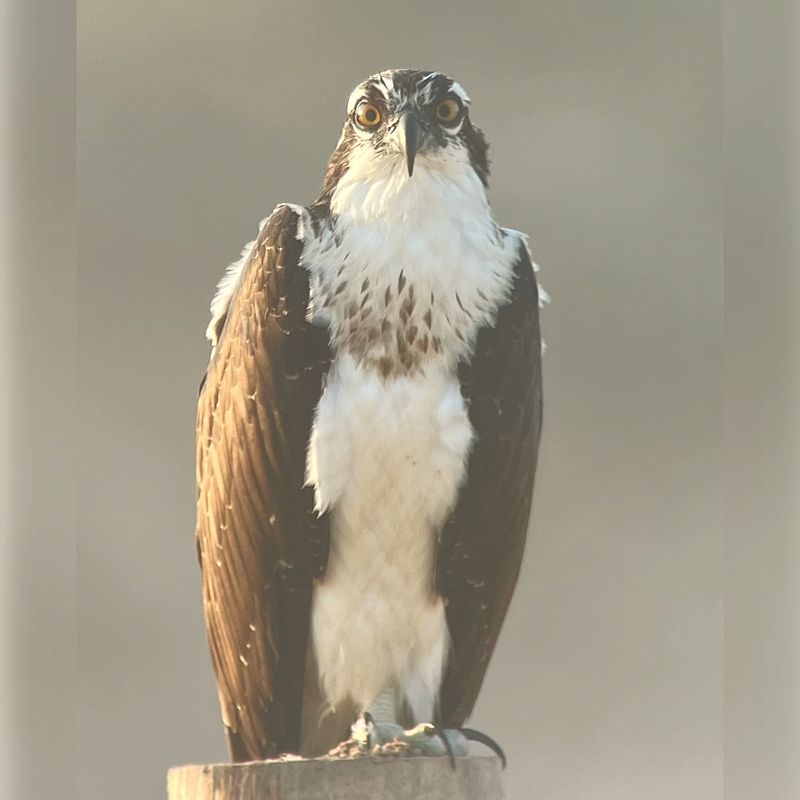
The Osprey is a skilled hunter, known for its incredible ability to dive into water and catch fish with its talons. These large birds of prey are typically seen near lakes and rivers in the Midwest, where they build their nests high in trees or on man-made platforms.
Ospreys are a vital part of the aquatic ecosystem, helping control fish populations and maintaining the balance of local waterways.

